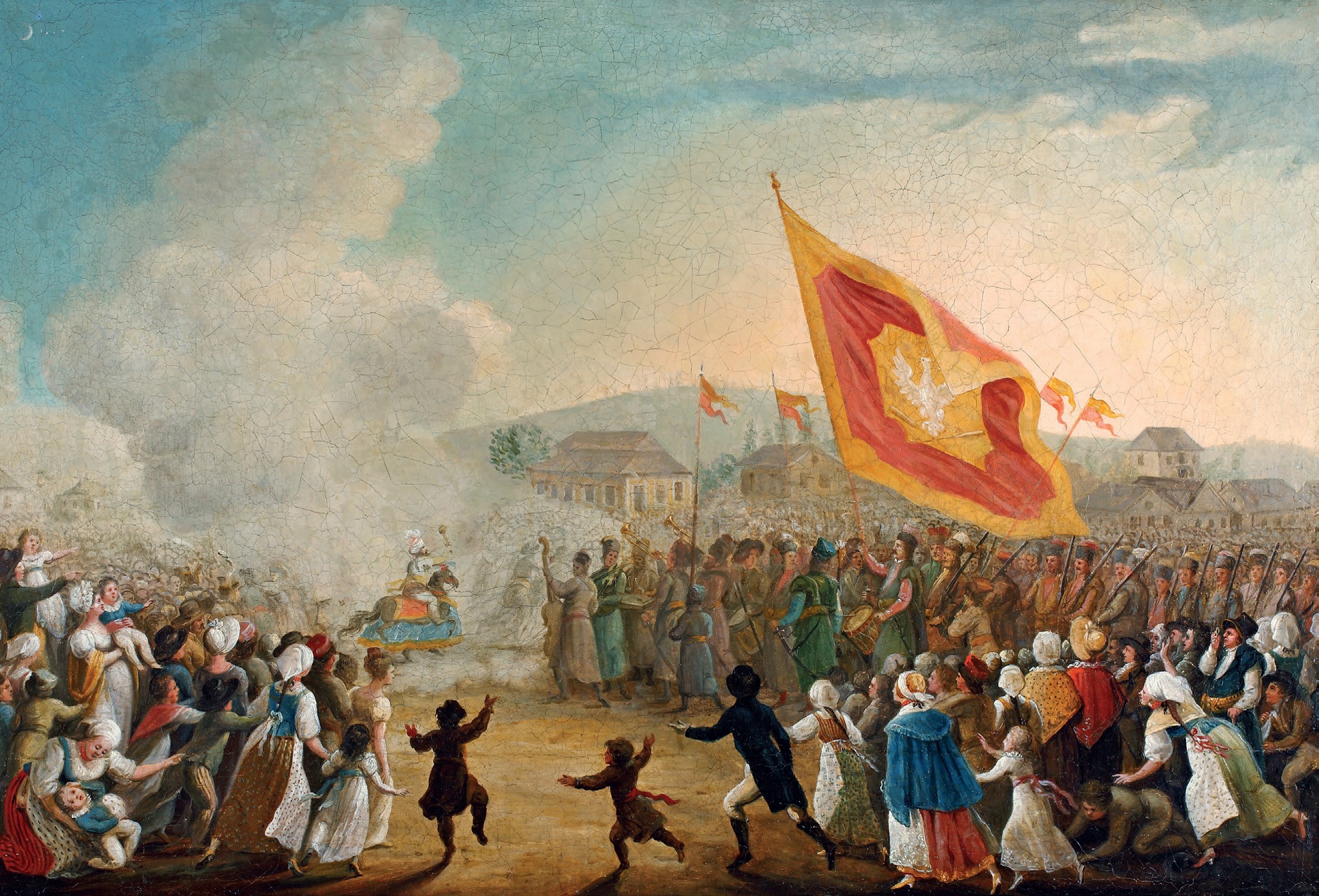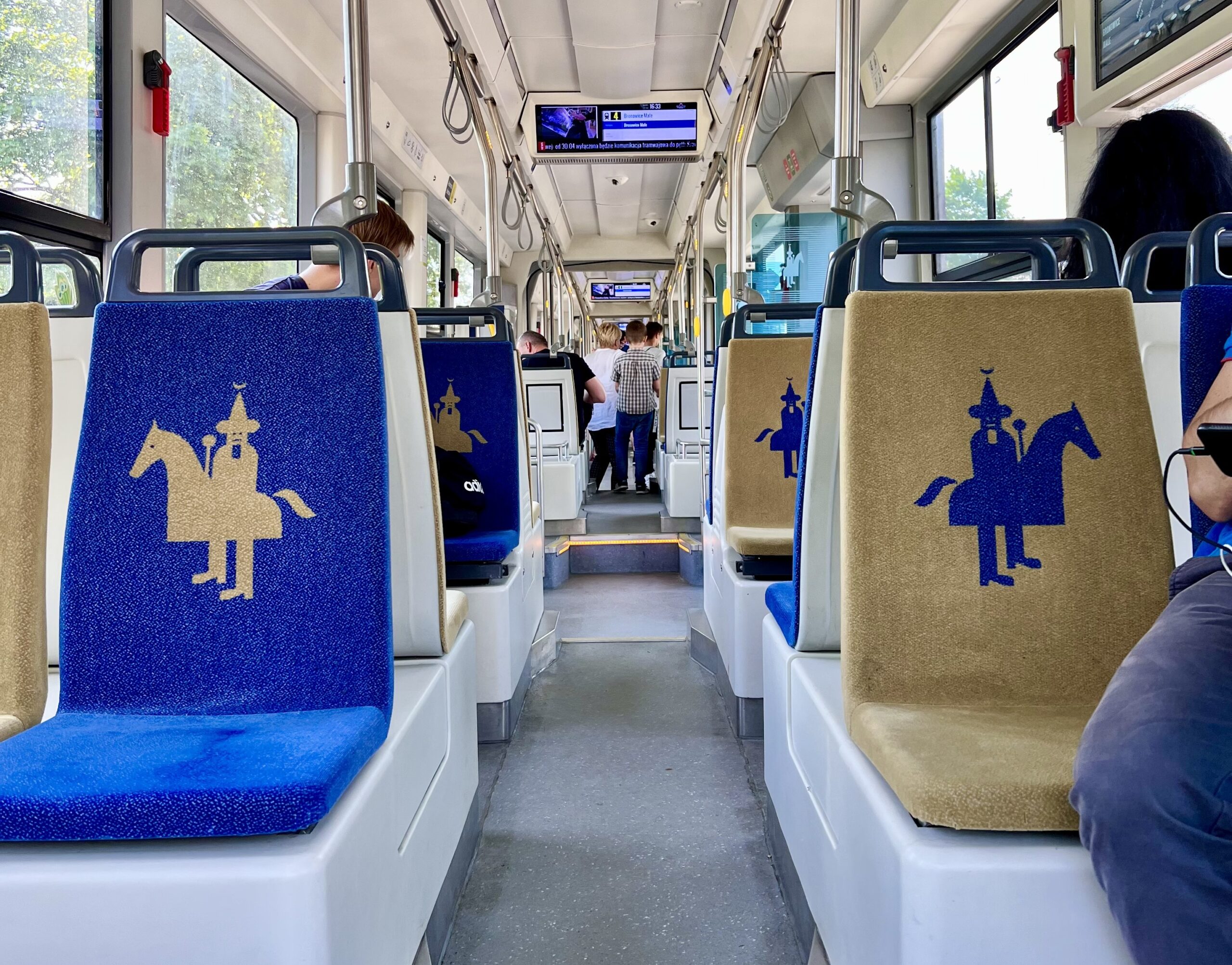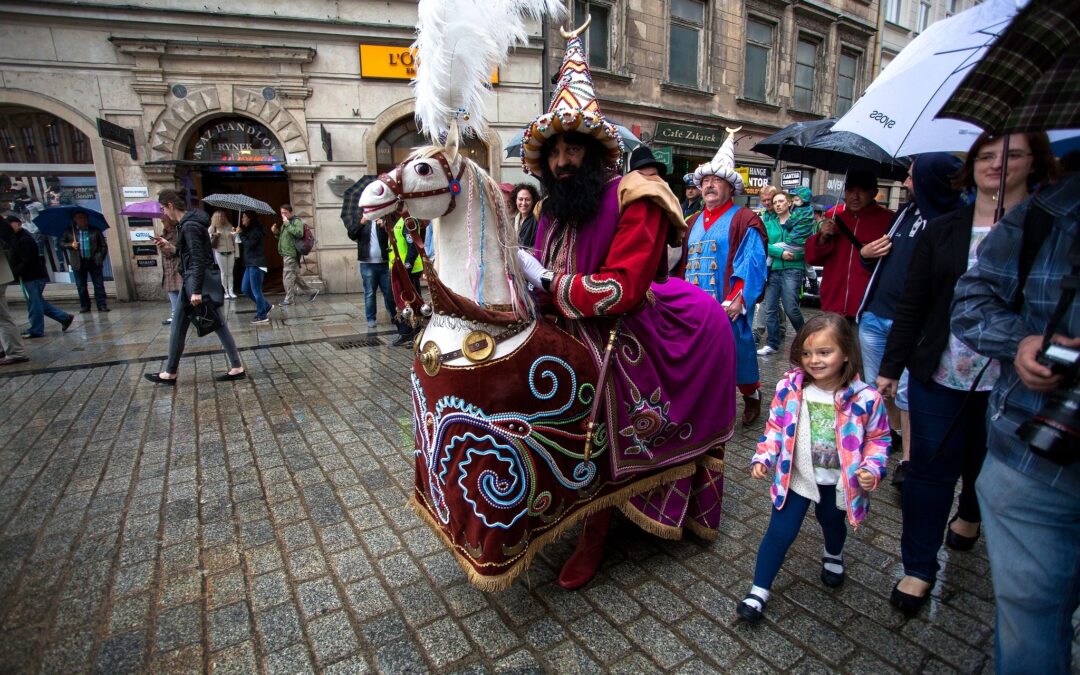Kraków’s municipal museum has issued an appeal to protect one of the city’s most famous symbols, the Lajkonik, a bearded horse rider supposedly representing 13th-century Mongol invaders.
The museum says that the image of the Lajkonik is being increasingly exploited for “commercial activities that strip this figure of its natural context and obscure the true meaning of this unique and beautiful Kraków tradition”.
The origins of the Lajkonik remain disputed. But according to a widely held legend, the figure, who is dressed in “Oriental”-style clothing, was inspired by the Mongol invasion of Poland in 1240-41 and may have arisen as part of commemorations of the attack.
Kraków’s museum notes that the oldest records of the annual parade involving the Lajkonik, which takes place on the first Thursday after the Christian feast of Corpus Christi, are from the mid-18th century. But it is believed that the practice began earlier than that.
The procession still takes place today and is a popular attraction in the city. In 2023, the man who had played the Lajkonik during the parade for 35 years, Zbigniew Glonek, retired from the position and was replaced by his son Mariusz.

The Lajkonik procession shown in an 1818 painting by Michał Stachowicz held in the collection of the Historical Museum of Krakow.
In a statement issued on Tuesday this week, the museum said that it and the organisers of the procession wanted to “express a common position on the increasingly frequent use of the Lajkonik for commercial activities”.
“For centuries, the Lajkonik procession has been a symbol of Kraków, reflecting its unique character and richness of tradition and history,” they wrote.
“[But] the procession is more than just having fun in a folk show,” they continued. “It is our heritage, which we received from previous generations and intend to pass on to those who will come after us. It is part of our Kraków identity!”
The Lajkonik Parade takes place every year in #Kraków, a week after Corpus Christi. #DidYouKnow that Lajkonik is a form of remembrance of the Tatar invasion of Poland in 13th c. which is why the costumes worn by riders and their horses contain oriental motifs? #PL100🇵🇱 pic.twitter.com/kCDynkDgkZ
— Polish Embassy UK 🇵🇱 (@PolishEmbassyUK) July 24, 2018
The museum noted that the Lajkonik parade was one of the first entries to be included in Poland’s national list of intangible cultural heritage. The aim of this was in part to “protect our tradition against the use of the Lajkonik character outside the context accepted by the community, often for commercial activities”.
The statement admitted that the Lajkonik figure is not protected by copyright law. But the museum “appealed to all those who care about the history and heritage of Krakow to understand our position, respect the traditional context in which it is cultivated, and maintain appropriate sensitivity”.
The Lajkonik symbol is commonly used by the city of Kraków itself, for example as decoration on buses and trams. But it is also used by a number of businesses, including a chain of bakeries that bear the Lajkonik name and use its image as a logo.

The Lajkonik symbol in a Kraków tram, 2022 (credit: Kgbo/Wikimedia Commons, under CC BY-SA 4.0)
The Mongol invasion is also often seen to be behind another famous Kraków tradition, the hourly bugle call from atop St Mary’s Basilica. It cuts off mid-tune, supposedly because in 1241 a bugler was killed by a Mongol arrow while playing. That legend, however, only arose in the 20th century.

Notes from Poland is run by a small editorial team and published by an independent, non-profit foundation that is funded through donations from our readers. We cannot do what we do without your support.
Main image credit: Mariusz Cieszewski/MFA (under CC BY-NC 2.0)

Daniel Tilles is editor-in-chief of Notes from Poland. He has written on Polish affairs for a wide range of publications, including Foreign Policy, POLITICO Europe, EUobserver and Dziennik Gazeta Prawna.



















